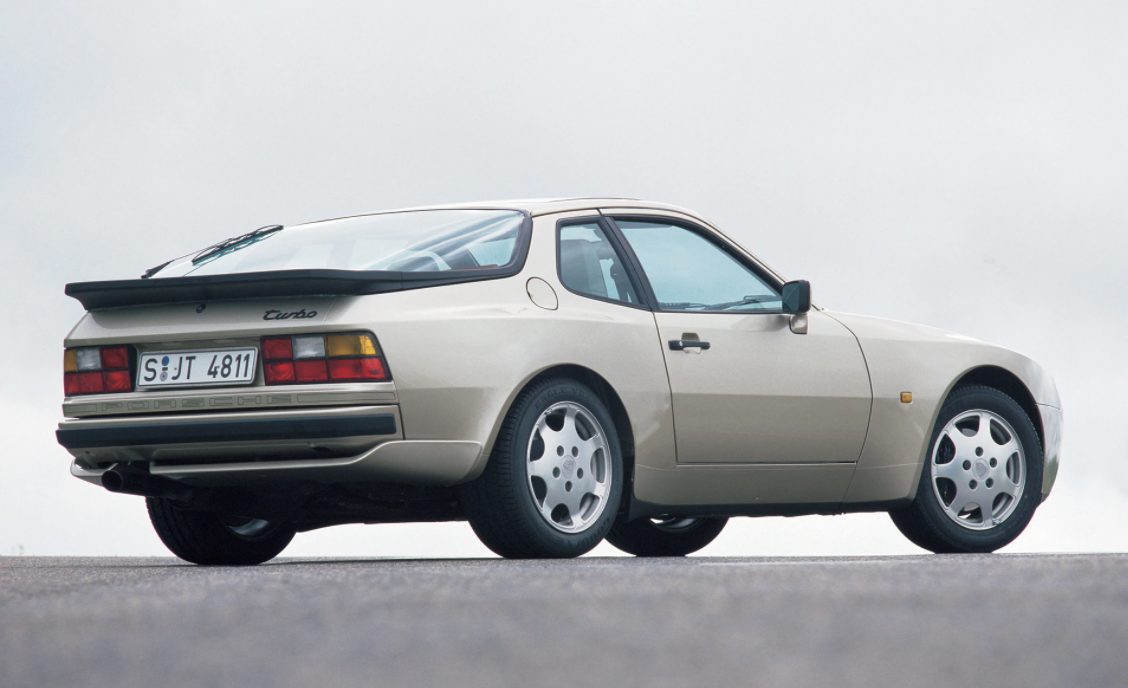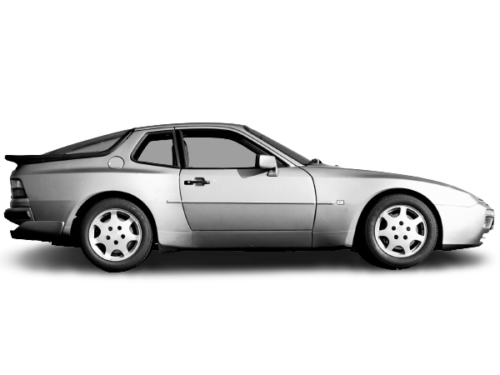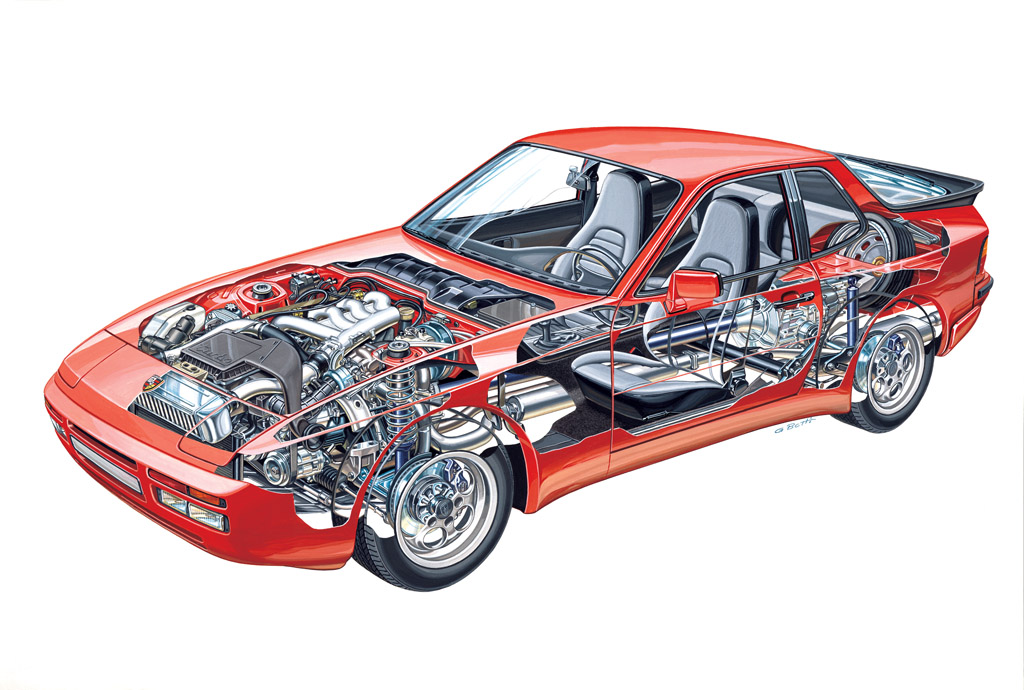(1985 – 1991) Porsche 944 Turbo Coupe – Ultimate Guide
It was in the summer of 1981 at the Le Mans 24-hour race in France that the first 2.5 liter four-cylinder from the new generation lined up at the start of the world’s toughest long-distance event. The car which Walter Ro hrl and Jürgen Barth, up against vastly more powerful competition, drove to chalk up 7th place in the overall standings was known under its cover name as the Porsche 924 GTP.
In reality it was the first trial racing version of what was to be the 944 Turbo series. It proved to be one of the most reliable cars in the line up and consequently took the prize for having the shortest time standing in the pits. This meant that it was able to lap some of the more powerful race cars that spent a long time in the pits undergoing repairs.
Three years later a 944 Turbo pilot-production car lined up at the start of the 24-hour race in Nelson Lodges in Ohio/USA. Cars entered in this race had to comply with the stringent American highway traffic registration regulations, which also required exhaust-gas catalysts to be fitted. These catalytic converters were part of the 944 Turbo’s development right from the start. It was also the first model that achieved identical outputs with and without a fitted catalytic converter.
In the transaxle-model series the Porsche 944 Turbo is situated between the 944 with naturally aspirated engine and the Porsche 928 S. In terms of price it compared with the Porsche 911 Carrera, although it was not a direct competitor to the classic rear-engined Porsche. It appealed to drivers who not only valued the economy and driving culture of the Porsche 944, but who also wanted more in terms of greater driving performance and convenience.
The 944 Turbo entered production in 1985 for the 1986 production year and it made a significant difference to the stock 944’s performance. Power of the new turbocharged engine was 220hp and torque was 243 ft lbs, a significant increase over the naturally aspirated standard 944.
This resulted in the car’s standing to 60mph time being reduced to 5.9 seconds, about a 2 second improvement. Significant engineering went into this performance increase with the 944 being the first production car from Porsche to use a ceramic port liner and also the first to have the same power output regardless of whether or not a catalytic converter was used. The engine had an oil cooler and the transmission was upgraded also. The transmission had a different final ratio and was made stronger to cope with the power being channeled into it, and the suspension was given progressive springs and made slightly stiffer. The brakes were also new, with the same 12″ discs as used on the 911 with Brembo four piston fixed calipers, ABS being provided on US market cars. These brakes were ensconced behind 16″ wheels, with Fuchs wheels available as an optional extra.
The fast four-cylinder engine with water-cooled turbo technology not only received lots of praise, it also chalked up several motorsport successes. Experts celebrated its debut as the fastest car with catalytic converter in the world, the cleanest in the world and others simply summed it up so: Porsche technology of the finest. The 944 Turbo differed from the basic model visually through its aerodynamically optimized front end, black door-sill trims at the sides and the colour-coded rear-end diffuser.
1987 the US model of the 944 Turbo became the first car in the world fitted with both driver and passenger air bags as standard equipment. For all regions the transmission cooler seems to have been regarded as unnecessary so it was removed while the speedometer was changed from a 170mph (270 km/hr) to a 180mph (290 km/hr) unit. The engine remained unchanged however so the car’s performance was kept the same, it was at that time fast enough. The steering was modified to reduce the scrub radius by changes to the suspension control arms.
In 1988, a new more powerful model called the 944 Turbo S was launched (learn all about it here). The 944 Turbo S had a small improvement in performance with a standing to 60mph time of 5.5 seconds, it would do a standing quarter mile in 13.9 seconds. In 1991 we also saw the 944 Turbo Cabriolet. This was a 944 Turbo S with a special cabriolet body made by the American Sunroof Company (ASC).














I grew up with the 4 cylinder transaxle cars. At the age of 13 I had my first passenger ride in a 924 Turbo and I was hooked for life! I would like to congratulate you on such an accurate and informative website with great images also!
Owner, Curator Classic Car Transport Europe and UK
0